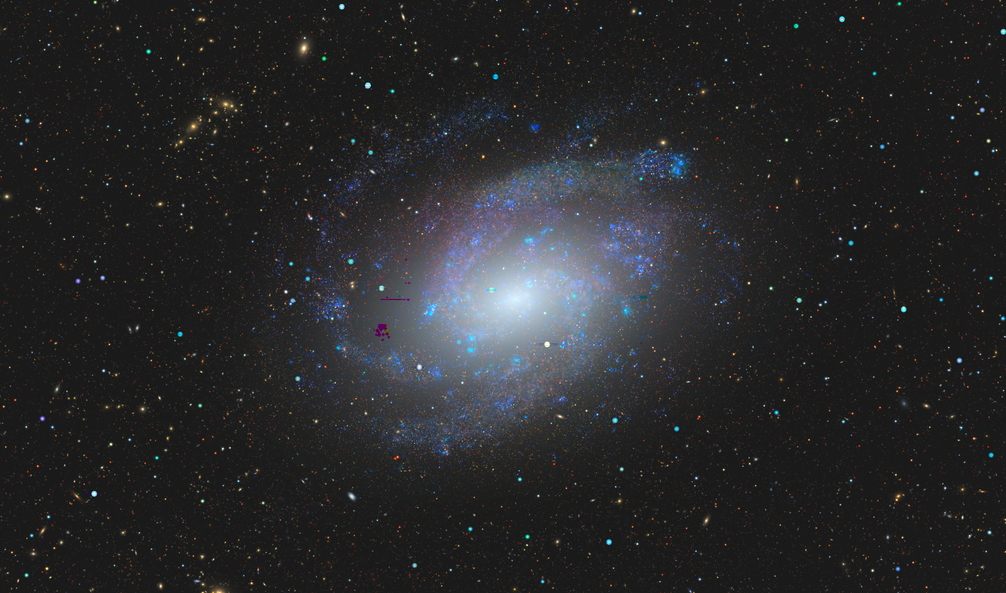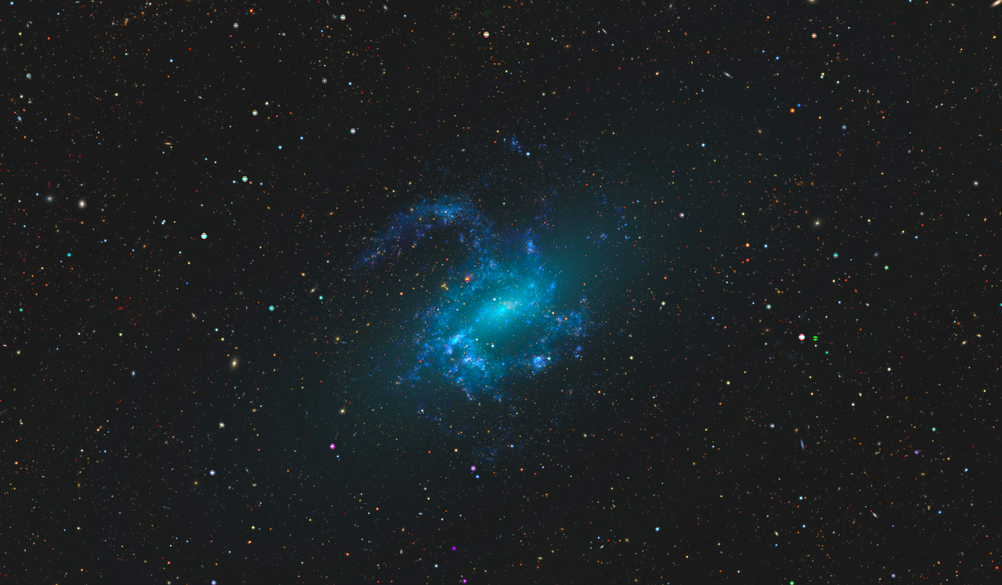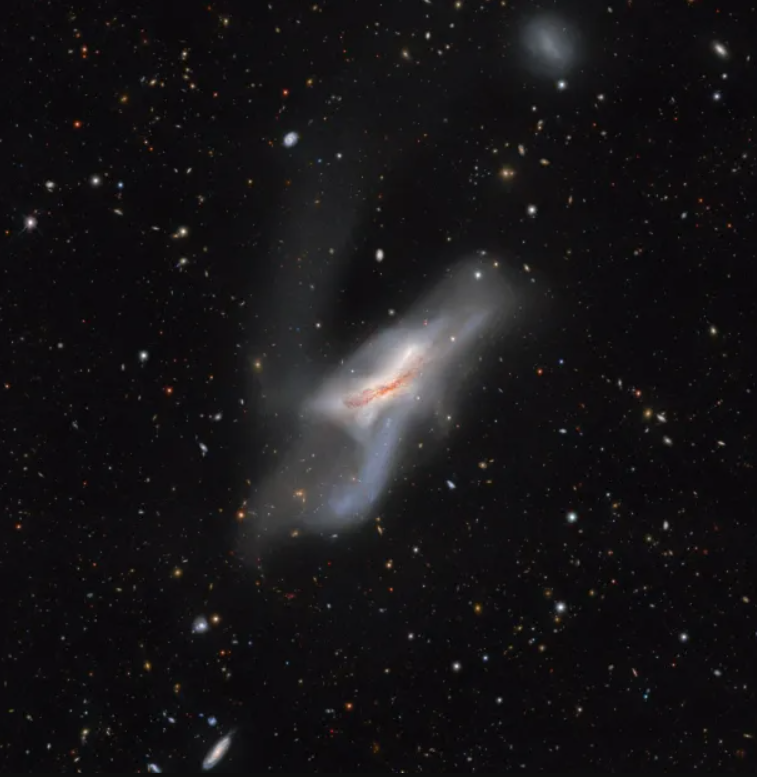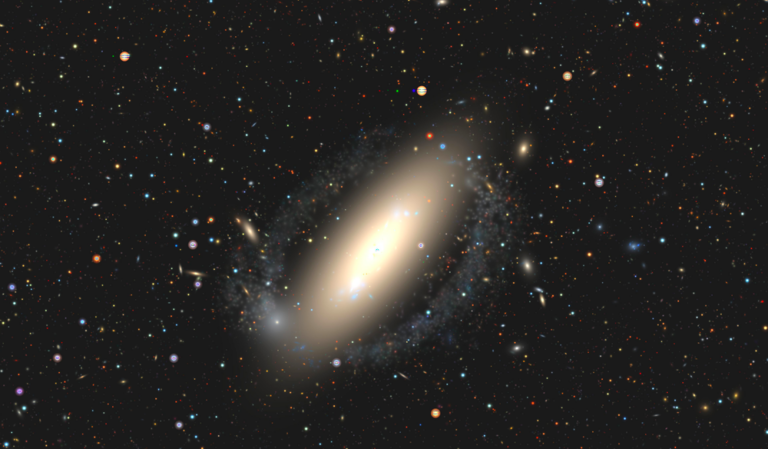Astronomers Generate a Digital Atlas Encompassing More Than 380,000 Galaxies.
In the vast observable universe, estimates suggest there are between 200 billion to two trillion galaxies. While the 383,620 galaxies cataloged by the Siena Galaxy Atlas may appear modest in comparison to these staggering figures, it stands out as a significant accomplishment in the realm of digital astronomy catalogs. As outlined by Samantha Hill in Astronomy, the Siena Galaxy Atlas derives its data from three Dark Energy Spectroscopic Instrument Legacy Surveys, collectively constituting “one of the largest surveys ever conducted.” Spanning 7,637 downloadable pages, it introduces a potential naming convention for the galaxies and captures images of these celestial objects in both optical and infrared wavelengths. Each dataset pertaining to the targets includes an array of additional information, such as size and morphology.

While the Siena Galaxy Atlas (SGA) is publicly accessible online, its notably technical nature might pose a steep learning curve for non-astronomers. One approach to navigating this archive, especially for those interested in the remarkable galaxies it encompasses, is to organize the list based on size beneath its search filters. The resulting images, however, are not typical photographs that one could capture by pointing a camera at the night sky, regardless of the camera’s cost. Instead, they represent visual renderings processed from vast amounts of data collected by advanced telescopes and satellites.
Delving into technical details, the SGA stands out as “the first cosmic atlas to feature the light profiles of galaxies”—a curve describing how the brightness of a galaxy changes from its brightest point, typically at the center, to its dimmest, commonly at the edge.

As articulated by Space.com’s Robert Lea, the Siena Galaxy Atlas (SGA) proves immensely valuable for scientific professionals. It signifies the pinnacle of accuracy, serving as a valuable repository of galactic information for scientists investigating a spectrum of topics, from the origins and developments of galaxies to the distribution of dark matter and the transmission of gravitational waves through space. The data it provides could aid astronomers in pinpointing the origins of gravitational wave signals detected on Earth, as these subtle ripples in the fabric of space and time traverse vast distances before reaching our planet.
Even for those not actively engaged in such inquiries, exploring the SGA can still deepen one’s appreciation for the wealth of knowledge humanity has acquired about these “nearby” galaxies, while underscoring the vast expanse of knowledge yet to be discovered beyond. Enter the archive here.

Do not forget to share your opinion with us to provide you with the best posts !




0 Comments